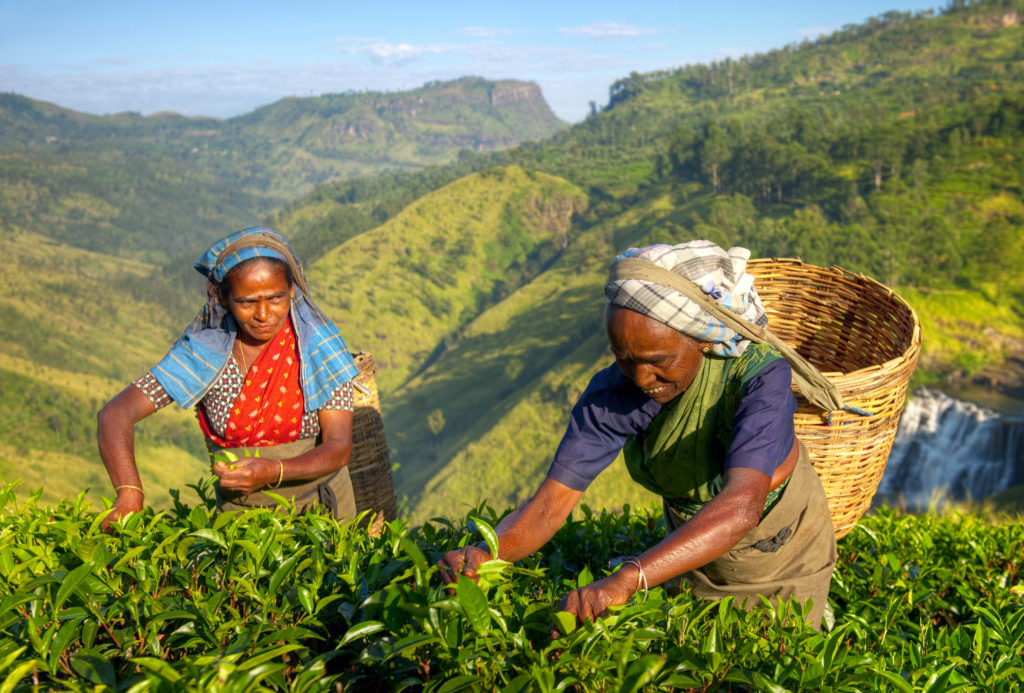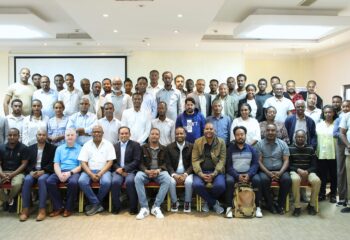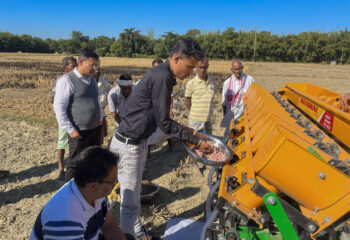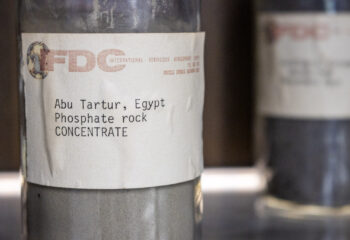
The Sri Lankan Parliament implemented a complete ban of around 600 inorganic fertilizer and agrochemical products on April 27, 2021, citing reasons related to health, the environment, and foreign debt. This ban has inevitably disrupted crop production and food access in the country. These developments have put the spotlight on the island nation’s abrupt decision to enforce complete organic farming. Due to farmer protests and the forecast of substantial crop losses leading to food shortages, on November 20, 2021, the government of Sri Lanka partially lifted the ban on chemical fertilizer imports.
IFDC’s leaders call upon the government of Sri Lanka to holistically work on their vision of integrated soil fertility management (ISFM) systems to sustain agricultural production, as highlighted in their national policy framework.
The ill-timed ban has led to widespread concern among the country’s farming community, agriculture experts, and industry. The devastating effect of the COVID-19 pandemic on foreign exchange earnings due to reduced tourism, exports, and workers’ remittance depreciated the Sri Lankan currency by more than 10% within a year. The new law prompted the hoarding of fertilizer and food items, leading to an increase in food prices of 11.5% in August and more than 17% in October. According to Samba Central Bank, rice prices have increased by 24-52%. The country produces about 300 million kilograms of tea, which earns a foreign exchange of $1.26 billion. This major agri-export commodity will likely suffer the most due to these new laws, as 44% of fertilizer subsidy is used for tea in the country. A meta-analysis of organic agriculture reveals that it is land-intensive and reduces crop yield by 10-25% compared to traditional chemical fertilizer-based agriculture. Excessive use of animal manure is also known to be harmful to the environment.
Albin Hubscher, President and CEO of IFDC, applauded the government’s decision toward a more gradual approach but recognizes that the current mineral fertilizer market is extremely tight, and costs are significantly higher than six to 12 months ago.
“A sole dependence on either organic or non-organic farming is not the answer,” notes Hubscher. “Tools such as IFDC’s Soil-SMaRT approach promote balanced plant nutrition. It’s good for the economy and the environment.”
The country-wide ban involved 1.26 million metric tons (mt) of chemical fertilizers, amounting to $259 million in 2020 and likely $300-400 million in 2021 due to an increase in international prices. The overnight national policy shift ignored the country’s National Agriculture Policy, which indicates a transition period of three years to increase the organic agriculture area in Sri Lanka from around 3% currently to 30% by 2024. As per World Bank data, Sri Lanka has been reducing chemical fertilizer use for more than a decade now. The country’s average chemical fertilizer use was 160 kilograms per hectare (kg/ha) in 1960. It peaked in 2008 at 311 kg/ha but decreased to 138 kg/ha in 2018 while still maintaining high yields. Vistas of Prosperity and Splendour, the Sri Lankan government’s national policy framework, emphasizes a revolution in the fertilizer sector by implementing an alternative subsidy policy, converting farming to organic, and initiating domestic fertilizer production, especially biofertilizers. The document also incorporates ISFM systems for increasing land productivity.
Integrated soil fertility management works on the 4R principles of the right source of nutrients at the right rate, right time, and right place. The twin challenges of increasing production to feed the rising population and reducing environmental effects requires the integrated use of organic and inorganic plant nutrient sources. These plant nutrient sources are from three different types of fertilizers: mineral, organic, and industrial. Mineral fertilizers (phosphorus and potash) are mined and crushed or chemically treated before application. Organic fertilizers are generated from animal feces or decomposed plant material. Industrial fertilizers (e.g., ammonium nitrate, urea) are developed through chemical reactions. Plants do not distinguish between the sources of these required essential plant nutrients. This contrasts with insecticides and pesticides that are not required by plants.
While the Sri Lankan government envisions producing 1 million mt of organic fertilizers annually, registered producers and municipal councils currently produce only around 0.22 million mt of organic fertilizers in the country. Even put together, this amount is not nearly enough to provide for Sri Lanka’s plant nutrition needs.
Dr. Upendra Singh, IFDC’s Vice President of Research, notes that Sri Lanka’s 1.22 million ha of paddy would require around 3 million mt of organic fertilizer each year. The 300 million kg of tea production itself would require more than 0.2 million mt of organic amendments. Sri Lanka does not have the capacity to produce the required amount of organic fertilizer, and the situation looks bleak. Importing organic fertilizers requires stricter regulatory standards to avoid introduction of pathogens and heavy metals.
Alexander Fernando, IFDC’s Regional Director of East Africa and Asia, emphasizes that the organic fertilizer value chain is unsustainable: “Though the government of Sri Lanka had good intentions in trying to switch to organic farming, regretfully, sustainably achieving entirely organic production is neither feasible nor conducive to a strong agriculture sector.”
The recent ban by the government Sri Lanka has highlighted the need for a measured approach in shifting from entirely mineral based fertilizer to a combination of inorganic and organic fertilizer use. It is widely recognized that agriculture based entirely on organic nutrients is only appropriate for certain specialty crops and under specific circumstances. A radical shift will create havoc in the food chain. Sustaining agricultural production, feeding the growing population, and adapting to climate change cannot be achieved without a balanced approach to plant nutrition and improving soil health. This necessitates the use of mineral, organic, and industrial fertilizers along with sound and sustainable agricultural practices.




